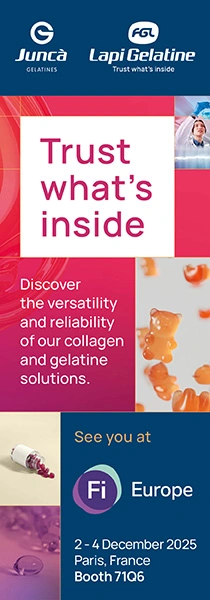CrisisOptic identifies common trends and weaknesses in crisis preparedness
03 Nov 2017 --- Common trends and weaknesses in business resilience and crisis preparedness have been identified by companies using Instinctif Partners’ CrisisOptic online diagnostic tool. One year on from their successful launch the CrisisOptic and RecallOptic diagnostic tools have helped more than 50 businesses and organizations quantify their business resilience.
Free to use, these powerful and fast online tools help businesses and organizations to accurately identify strengths and weaknesses in their approach to business resilience and assist them to focus on the specific areas where they are most exposed.
Victoria Cross, who leads Instinctif Partners’ Business Resilience team, says: “A year on from their launch these tools have been very well received, helping businesses ranging from major food companies to one of the UK’s leading health and fitness groups, to take an in-depth look at the business resilience of their organizations.”
“Trends from the data we have generated so far show conducting and learning from a thorough post-incident review as the most common area of weakness, with gaps in governance and communication also widespread.”

Speaking to FoodIngredientsFirst, Cross says: “A score of 100 percent is the highest that can be achieved in each category measured, with the Review category (conducting and learning from a post-incident review) being identified as the most common area of weakness. Many of the companies obtained a low score in this area, with some even scoring zero. The average score was 50.7 percent.”
Interestingly, although overall it might be expected that larger companies would generally score more highly, size has not proved a clear indicator of preparedness. “In fact, we have seen both global brands and small artisanal manufacturers scoring zero in this category,” she says.
“While it is tempting for crisis teams to quickly disband and move on with the day job when a live response is over, good post-incident practices can help all businesses learn from the experience. By conducting a post-incident review, either via a face-to-face workshop or questionnaire, organizations can refine their processes, formalizing approaches that worked well, filling gaps and removing obstacles,” explains Cross.
“Communication was the second lowest scoring category where we also found gaps in capability, mirrored across both small and large companies. An average score of 67 percent flatters some of the lowest scoring organizations, with several scoring below 50 percent and some scores dropping as low as zero.”
Good, clear and targeted communication is essential in a crisis situation. Best practice requires thorough preparation and ongoing relationship building with key stakeholders so that communication in a crisis is fast and effective. Management of social media channels in a crisis is a common gap due to the very different requirements in a crisis compared to marketing communications, which often dominate social channels.
Although the average score across all responders for the Governance category was 77 percent, this once again masks scores as low as 30 percent. Good governance is essential for effective crisis management. Businesses really need strategic direction from the very top of the organization to ensure a common approach to risk and crisis across the business.
CrisisOptic is an online questionnaire that quickly provides businesses with a snapshot of their preparedness by examining business resilience in ten key areas, from governance and risk management to operational response. Using a carefully weighted assessment system, CrisisOptic generates a bespoke Business Resilience Score and visual presentation based on the examination of 112 data points.
RecallOptic uses the same process to enable businesses and organizations to quantify their product recall readiness against international best practice, including ISO 10393:2013E for consumer product recall, BRC Global Standard for Food Safety (Issue 7), and BRC Global Standard for Consumer Products (Issue 4).
Following completion of the questions, business resilience experts from Instinctif Partners then prepare a brief report to accompany the score that can be used to inform policies, procedures and capabilities, to strengthen risk and issues management, and crisis preparedness and recall readiness.
Victoria Cross concludes: “CrisisOptic has been a game-changer for business resilience, anti-fragility, and risk and crisis management. Prior to its launch, it was impossible to quickly identify strengths and weaknesses across an organization and comprehensively compare the results against a peer group, but this is exactly what CrisisOptic provides. It’s fast, accurate and enables organizations to focus finite resources on the specific areas where they are most exposed.”














